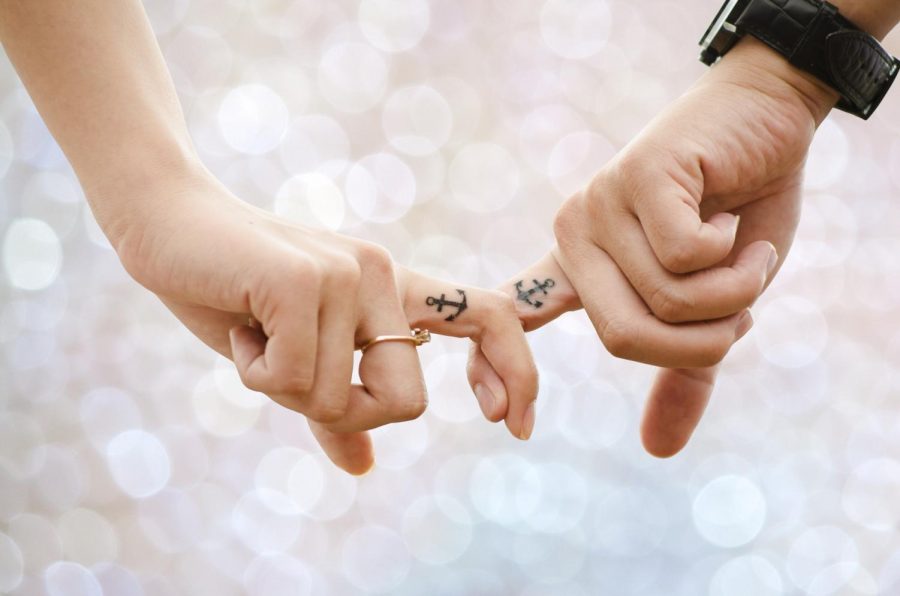Tattoos Shouldn’t Be Taboo
Reaching back as far as 3100 B.C, tattoos have been a part of many cultures and hold a historical significance in many regions of the world. Recent studies show that 38 percent of people between the age of 18 and 29 have at least one tattoo in the U.S. Tattoos have been shunned by many people in highly professional work environments and religious environments due to certain rules and beliefs.
However, tattoos are very expressive pieces of art and people with tattoos shouldn’t have to represent themselves as something they’re not. Job and religious acceptance shouldn’t rely on the marks on a person’s body.
Many civilizations in different regions of the world had different versions of body modifications and what they meant. However, the origination of tattoos came from Austronesian people. They developed the earliest methods of tattooing by using a mallet and sharp needles. They used tattoos as a way to reveal information about that person’s history and what position they held in a tribe. They also believed that tattoos held a person’s spiritual power and it made them believe that they were stronger because of their tattoos. Tattoos eventually started spreading into other ancient civilizations in places, such as Asia, Egypt, Greece, Rome, and South America. As the idea of body modification spread, the meaning and value behind tattoos differed as they spread into other regions.
The oldest recording of tattoos to be preserved on a body was found in the Ötztal Alps. The Iceman, nicknamed Ötzi, a 5300-year-old mummy had 61 tattoos. These tattoos were later found out to be a therapeutic treatment for the health conditions Ötzi had. In ancient Egypt, they used tattoos as a medicinal treatment that helped with joint and back pain. Amazingly, there are still places today that use tattoos as a medical treatment. Some examples are Kayan people from Borneo, Inland Aroma people from Papua New Guinea, and Yupiget people from Alaska.
In many ancient cultures, having tattoos told your social status. A mummy found in northern Chile called the “Chincorro man,” had small dots around his upper lip, which indicated he had a higher social status. In Maori culture, face tattoos represented having a higher status because the head is considered to be the most important part of the body. Warriors would be given tattoos that told stages of their life. However, in ancient China, they would tattoo their criminals to make it known in society that they were not to be trusted. They did the same in ancient Greece and Rome, branding criminals, slaves, and prisoners of war with tattoos to make them outcasts of society.
Some people might use a religion-based argument to degrade people who have tattoos, by saying, “Getting a tattoo is sinful.” By saying this, people are using religion to demean another person’s culture. By assuming that people with tattoos are sinners and rebelling against God’s word is very arrogant and stereotypical. People should be more open to understanding a person’s beliefs when it comes to their religion and culture. It’s also extremely difficult for people with tattoos to get a job because they’re considered irresponsible, unprofessional, and rebellious. This is a very good example of “judging a book by its cover.” Just because a person has a tattoo or multiple tattoos, doesn’t make their work ethic any less than a person without tattoos.
When others see a person with as little as one tattoo or a sleeve, their attention is immediately drawn to the ink and they ignore who the person is. We’re discriminating against others solely based on the ink tattooed beneath their skin and not acknowledging that they grew up in a completely different cultural and religious setting. Ink does not mold a person nor does it create them to be the two-dimensional stereotype others view them as. It’s simply just an art engraved in the skin that tells a story when words themselves can’t.









